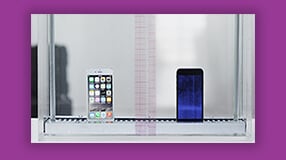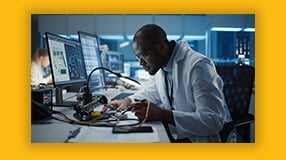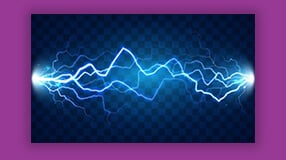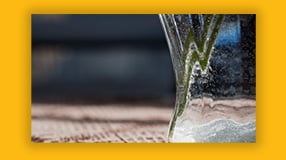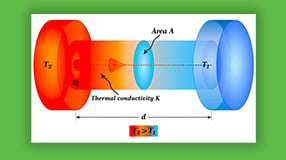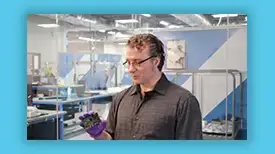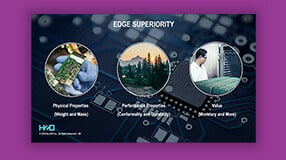Dielectric Constant of Insulator Materials: Formula, Table of Values

Why is Dielectric Constant Important?
Knowing the dielectric constant is vital because lower and higher values are conducive to different applications.
For example, coatings with low values are preferred for high-frequency, high-speed circuits because they contribute little capacitance (ability to store electric charge). In these applications, high capacitance causes changes in component values and delays in switching times. The capacitance of a parallel plate capacitor is directly proportional to the dielectric constant of an insulator separating conductors and the area between the conductors. Therefore, capacitance can be reduced by using an insulator with a low value.
On the other hand, coatings with high dielectric constants and low dissipation factors make useful capacitors.
What is a Good Dielectric Constant for Insulating Coatings?
Dielectric constants for insulating coatings range from 2 to 8. Optimal electrical insulating coatings have low values and retain them over wide frequency, humidity, and temperature ranges.
The values arise from their electronic polarization abilities, and materials with low values include perfect vacuum, gases such as helium, nitrogen, and dry air.
The table below shows the dielectric constant of selected polymer conformal coatings.
| Conformal Coating Type | Dielectric Constant (1MHz) | Desired |
|---|---|---|
| Parylene N | 2.65 | Low |
| Parylene C | 2.95 | Low |
| Acrylic | 3.0- 4.0 | Low |
| Epoxy | 3.3 – 4.0 | Low |
| Silicone | 2.6 – 2.7 | Low |
| Urethane | 4.2 – 5.2 | Low |
How is it Calculated?
This constant ε is referred to as the dielectric constant or permittivity and is represented by the equation:

where Cm is the dielectric material’s capacitance and Cv is a vacuum’s capacitance.
ASTM D150 is a standard test method for measuring dielectric constants in which a sample is placed between two metallic plates of a measuring device. Capacitance is measured with the specimen in place and without. The ratio of these two measurements is the dielectric constant.
What Affects Values?
Values depend upon many factors, such as moisture content, frequency, and temperature. For example, the value will increase with increasing temperature at a constant frequency. Additionally, it may decrease or increase depending on variations in its composition. For instance, adding ceramic fillers with high dielectric constants will increase values.
Ultimately, it is important to gather accurate, reproducible data from testing that simulates the environment in which a component will operate to choose the best coating. Learn more about coating thin film coating properties such as volume resistivity and dissipation factor here.
What is Dielectric Strength? Formula, Testing, Table of Values
Arc Resistance - Concepts and Testing Explained
Young's Modulus of Polymers - Measurement, Calculation
Mallory is a veteran writer with over a decade of writing experience and has spent over five years at HZO learning about coating technology from the best minds in the industry. Professionally, Mallory is especially interested in the process of problem-solving and watching how the engineering team develops solutions that ensure business requirements are met. Over her years at HZO, Mallory's writing has been cited in industry whitepapers, including "Parabolic Model for Optimum Dry Film Thickness (DFT) of Corrosion Protective Coatings" and "Universal Approach to Integrating Reduced Graphene Oxide into Polymer Electronics." All of Mallory’s blogs are reviewed for accuracy before publication.
Additional Resources

Understand the Capabilities of Thin Film Coatings With Our Resource Page
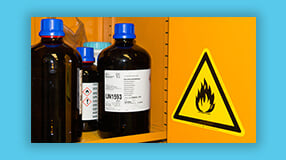
Understand UL94 Rating - Testing, How to Choose a Material, and More

What's the Difference Between Hydrophobic Coatings and Hydrophilic Coatings?

Dielectric Constant of Insulator - Materials, Formula, Table of Values
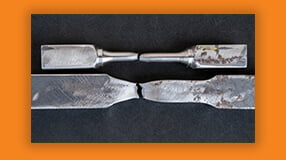
Tensile Strength at Yield - Testing, Definition, Material Selection
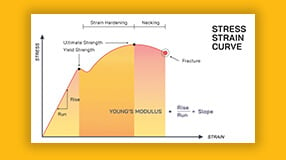
Young's Modulus of Polymers - Measurement, Calculation, Material Selection

Volume Resistivity - Definition, Measurement, Implications For Product Design

Polymer Glass Transition Temperature – Material Properties, Impact

What is Coefficient of Linear Expansion? Formula, Units & More
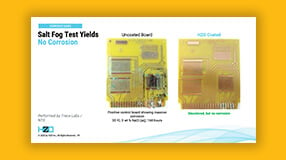
Learn About the Thin Film Coating Properties and Processes In Our Webinar

The Difference Between "Hydrophilic and Hydrophobic" Coating Properties

Learn about Protective Coating Methodologies With Our White Paper



